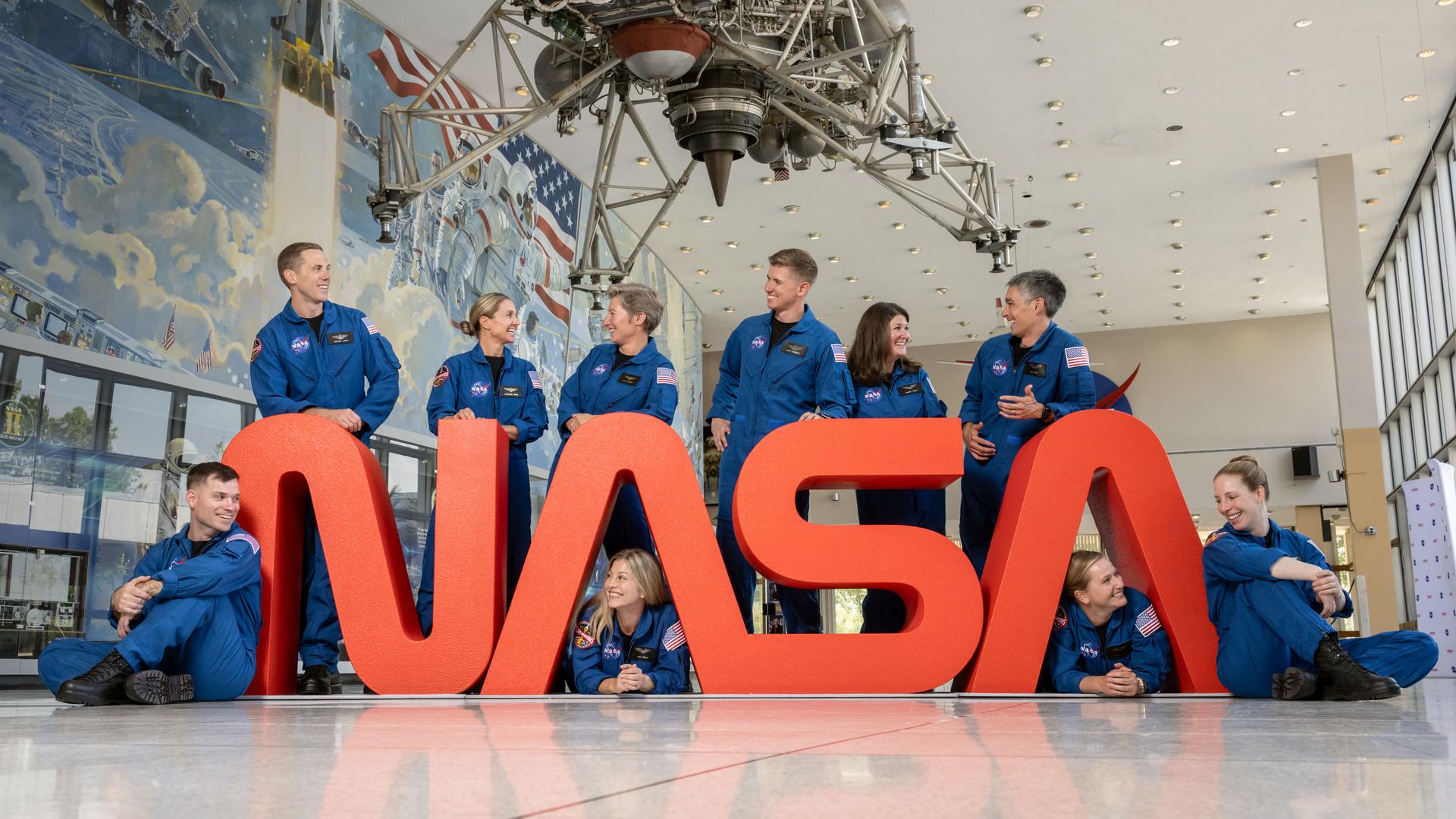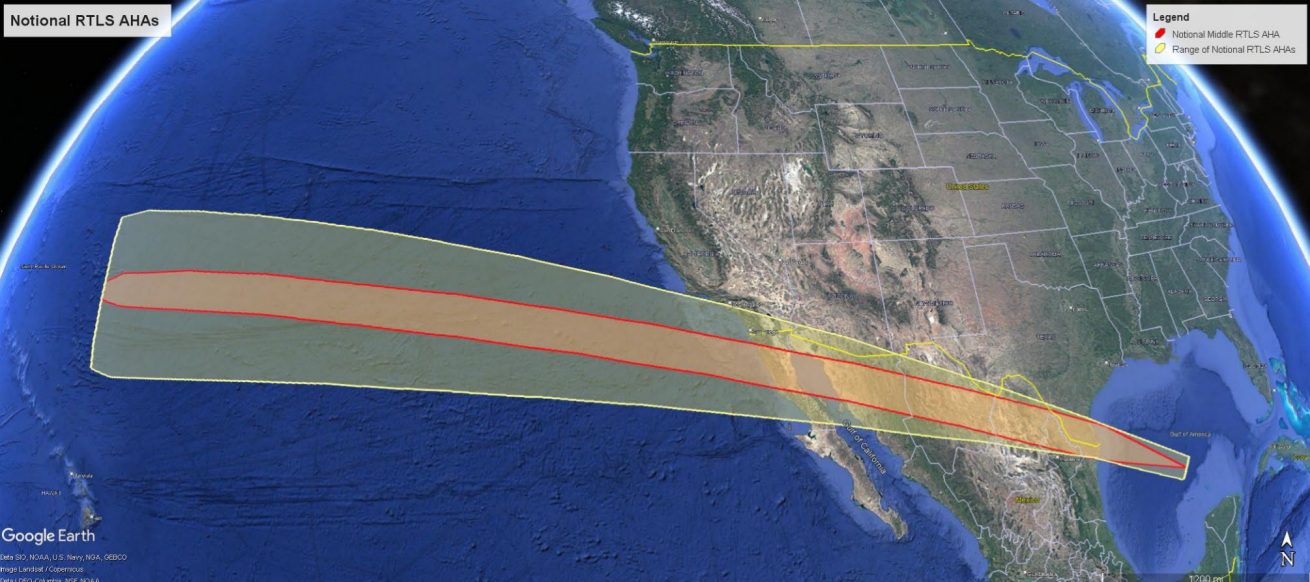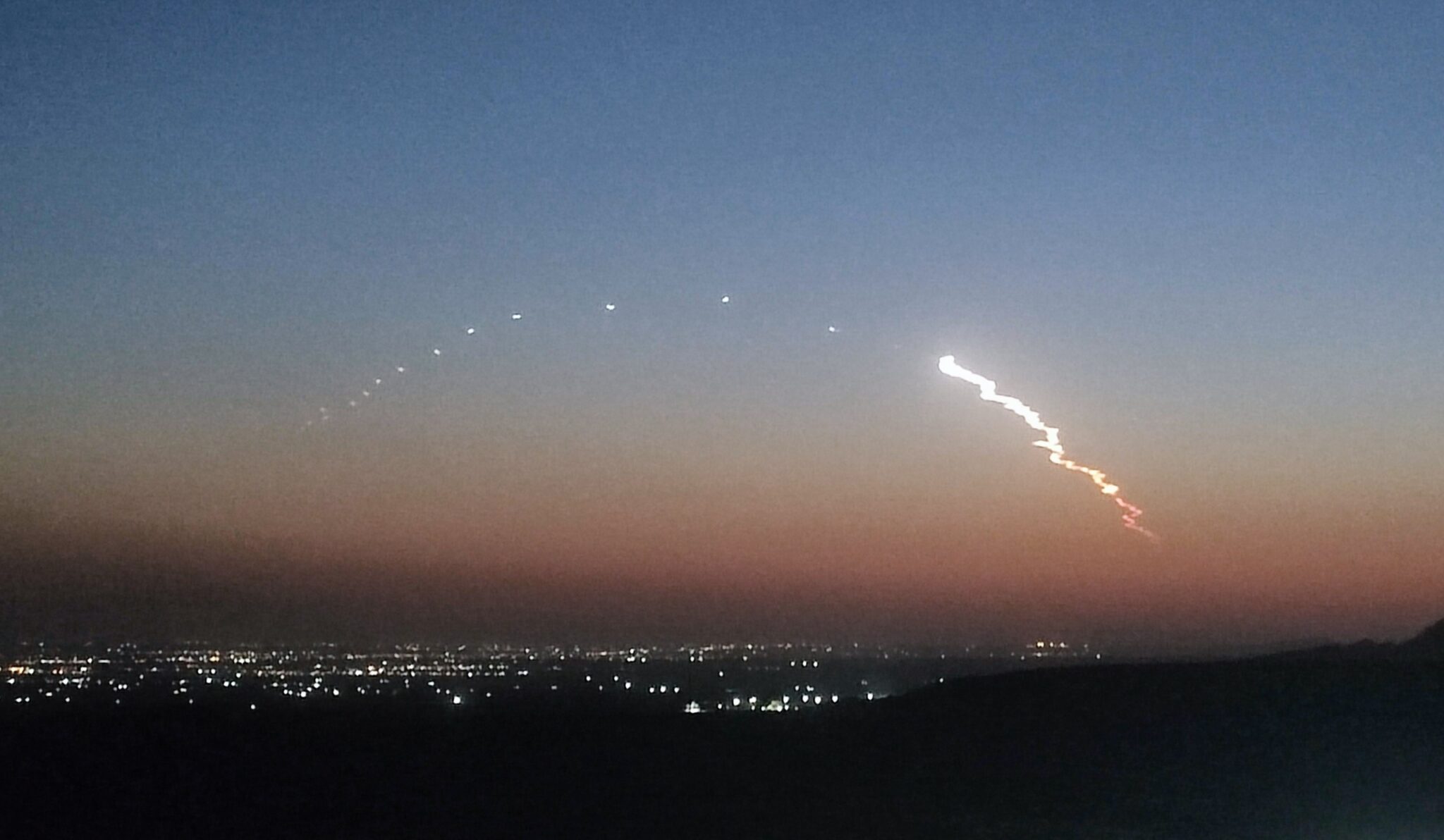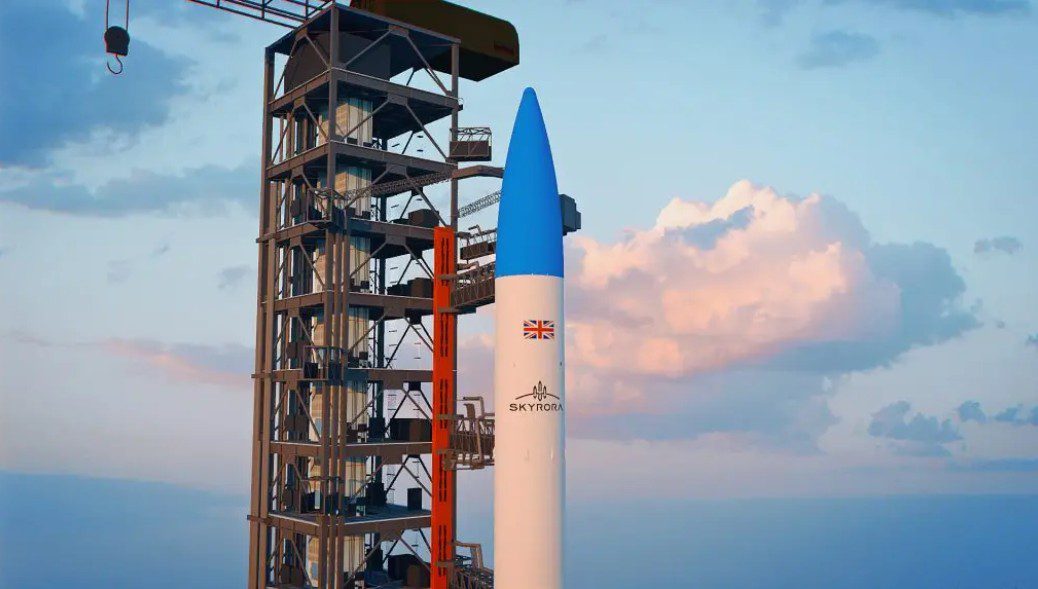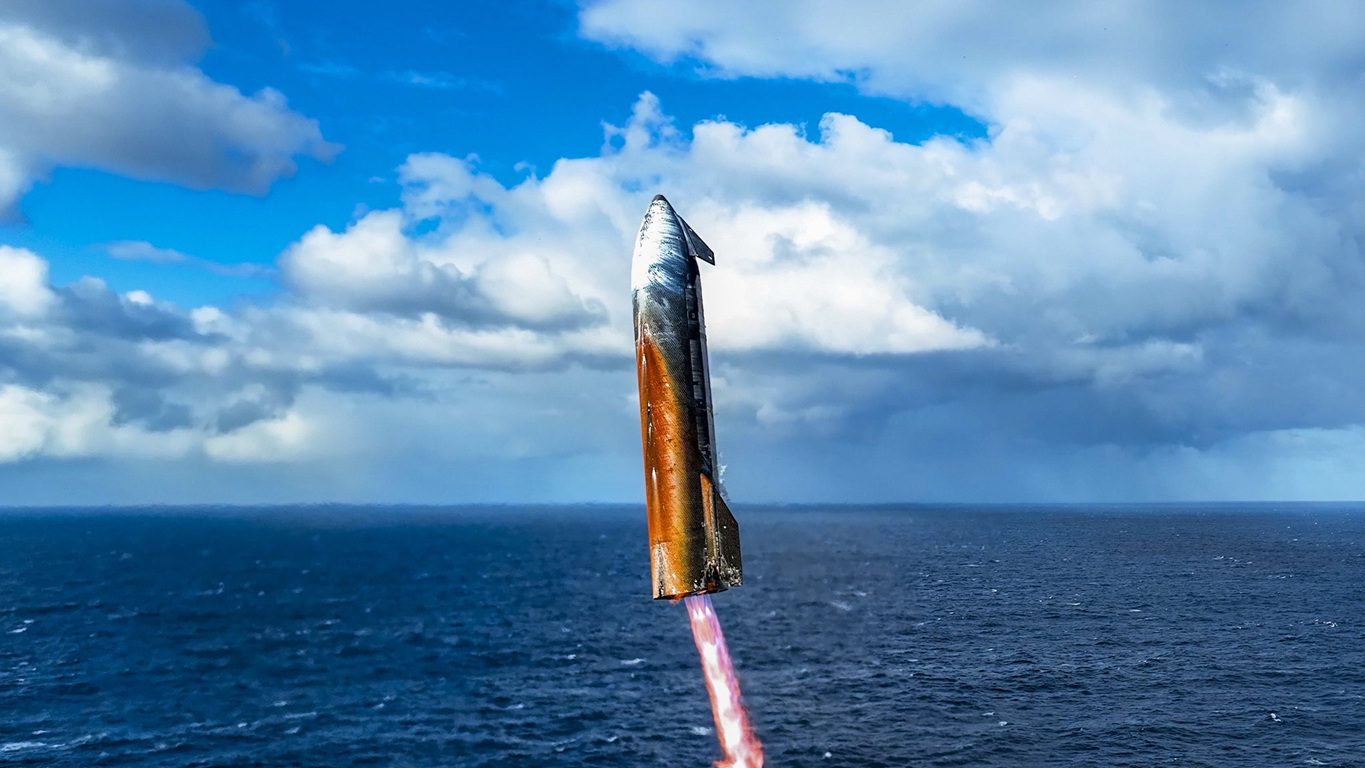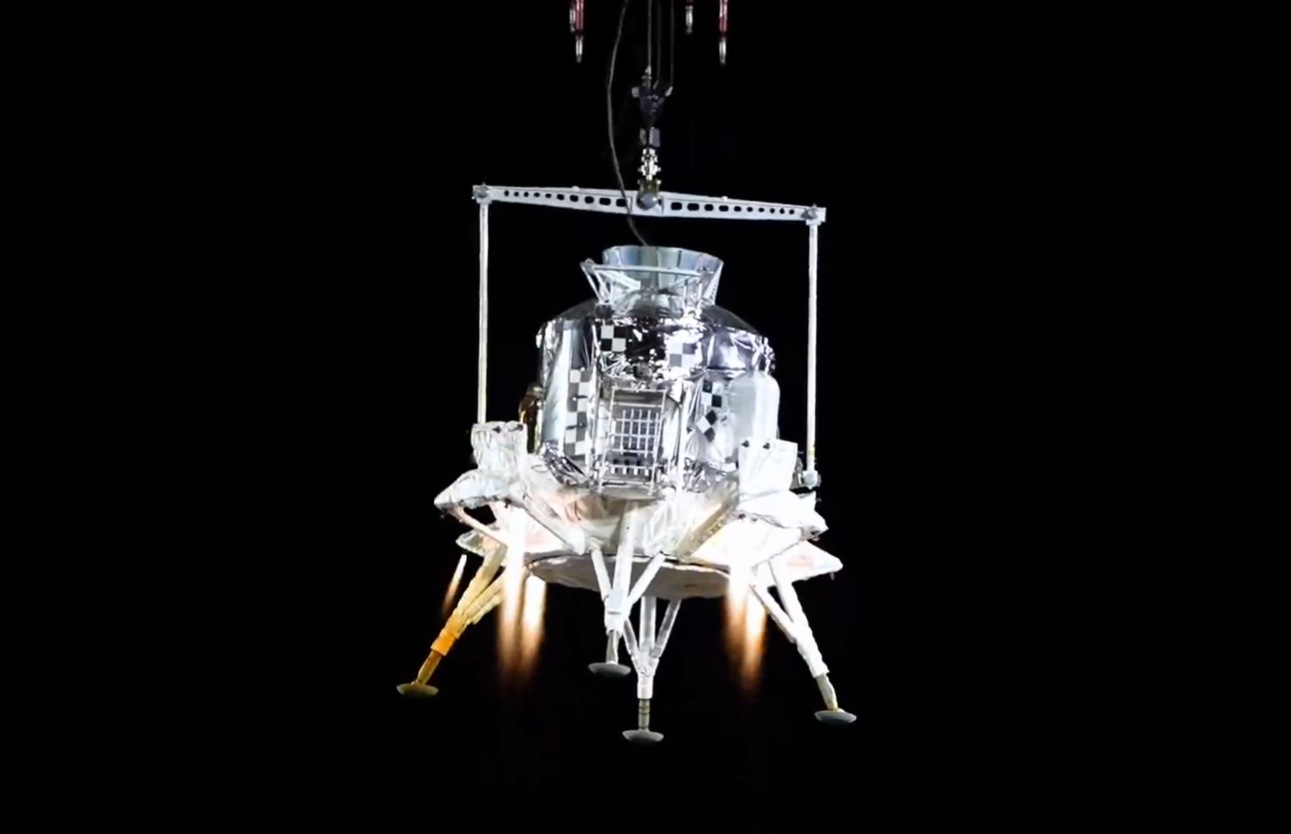Ecuador’s fiirst satellite NEE 1 (Pegasso) has apparently failed in orbit after an alleged debris strike which had be expected to take place at 0538 GMT on 23 May 2013. According to reports, the nanosat class spacecraft of under 2kg mass, which was launched on 25 April, was stuck by incidental debris near a rocket upper stage from a Soviet-era Tsyklon-3 launch vehicle. The satellite has ceased transmitting and an assessment of the damage is on going. A “lateral collision” glancing blow by the debris on the satellite was confirmed by the The Joint Space Operations Center in the United States.
Comment by David Todd: Debris strikes to spacecraft are relatively common and maybe becoming more so as the amount of space debris increases. The first confirmed incident was to the French Cerise satellite which had its gravity gradient boom cut off by a collsion with an orbiting Ariane rocket third stage on 21 July 1996. The most famous recent incident was on 10 Feb 2009 when the communications satellite, Iridium 33, was struck by a defunct military satellite Cosmos 2252 a collision which itsefl caused more space debris.
Nevertheless, some alleged debris strikes are not what they seem. In March, a mystery change in the orbital parameters of a small Russian satellite called Blits was blamed on a debris strike but US Defence sources noted that the debris cloud from a Chinese missile interception test would have missed the craft. Some nations also have a record of blaming debris and meteor strikes for their spacecraft failures when in reality it is quality control and design failures that are to blame.

